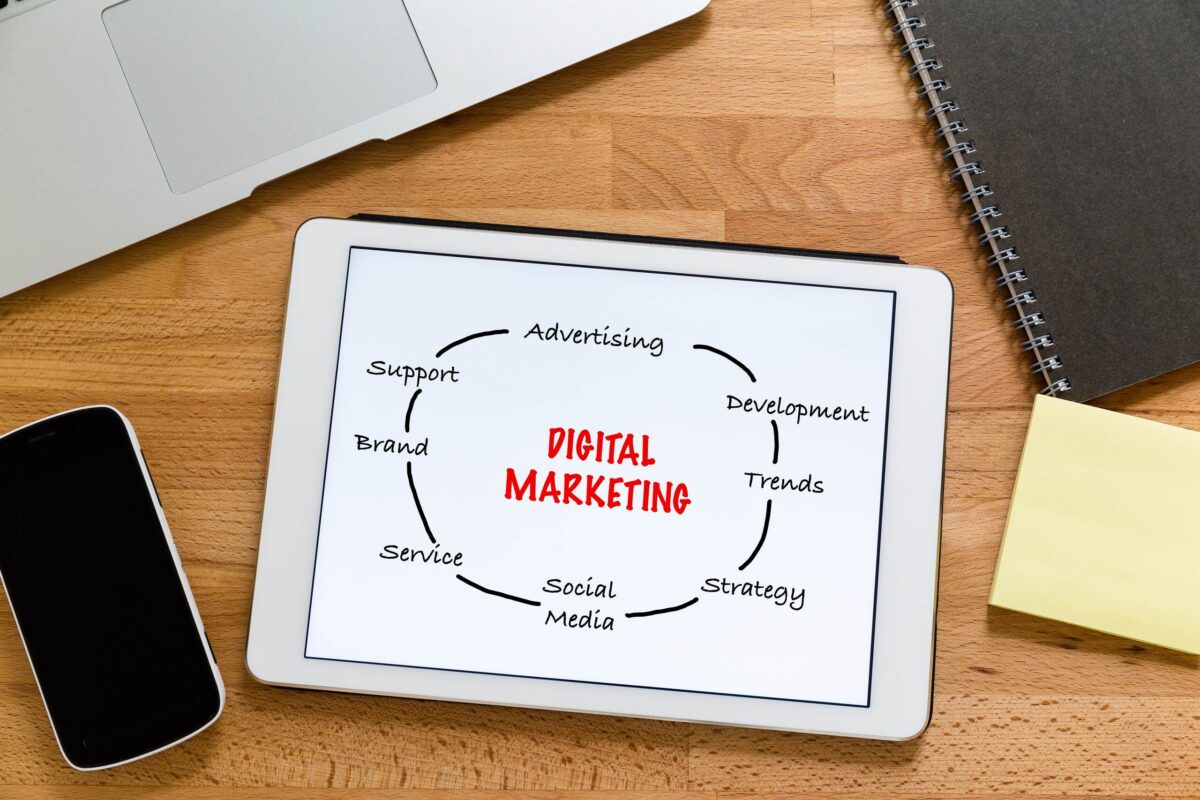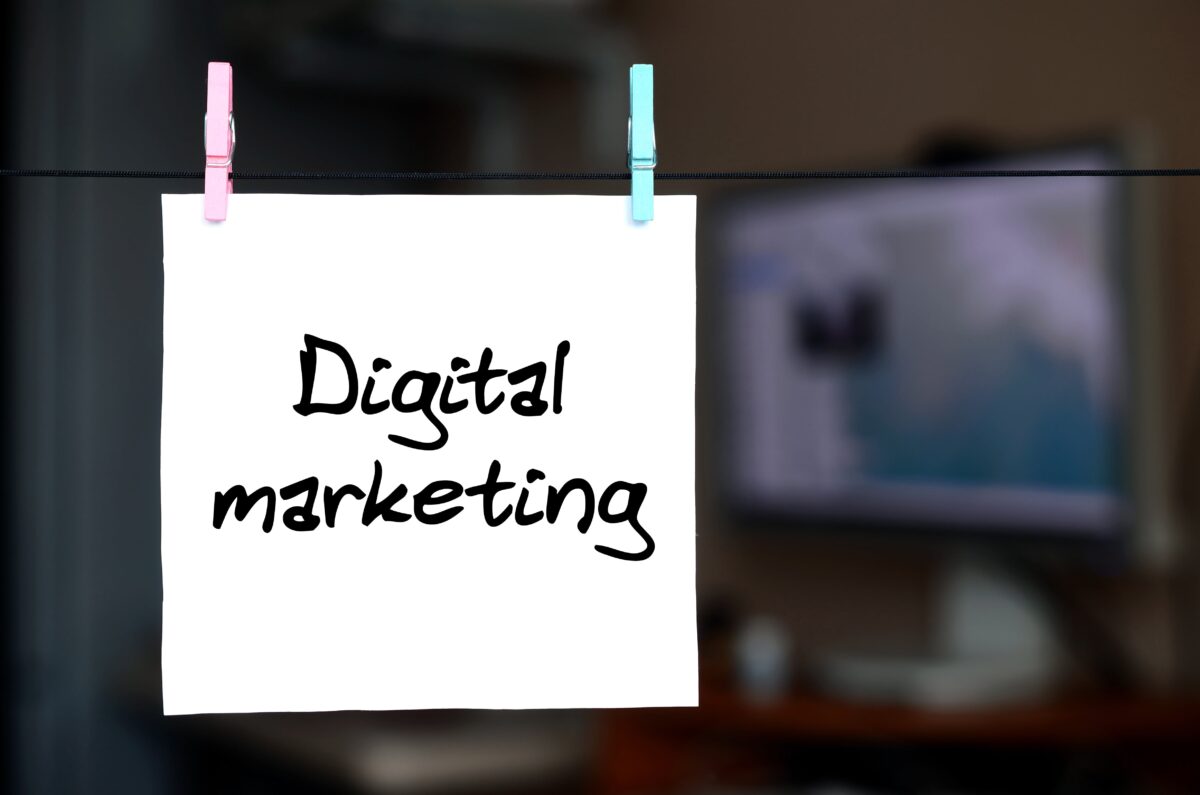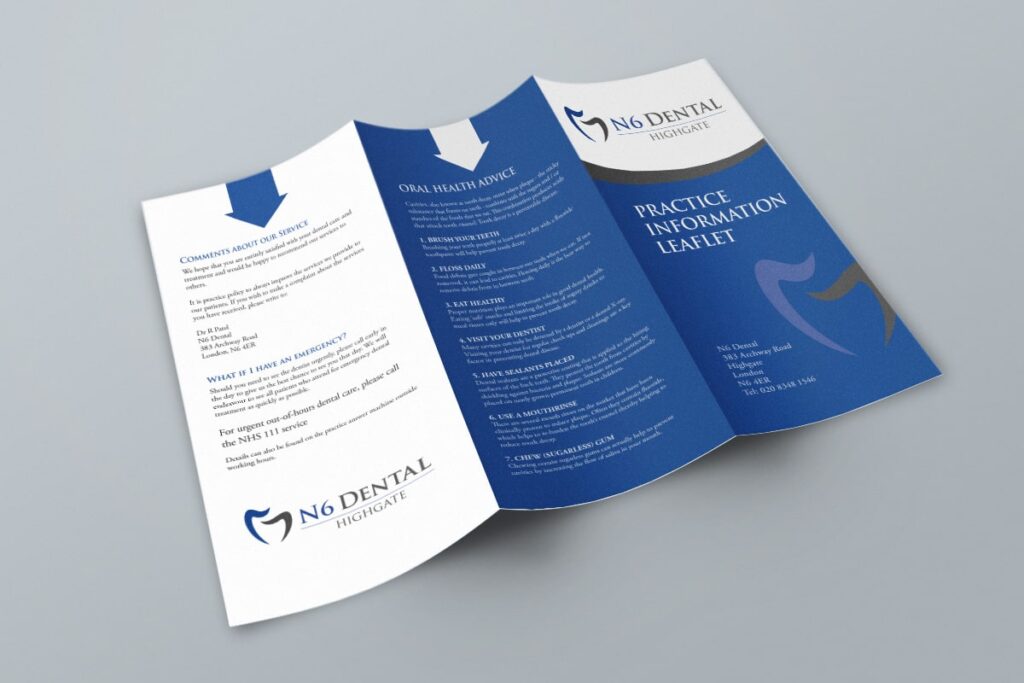Digital marketing is a marketing approach that uses digital channels and strategies to reach and engage with a targeted audience. It promotes products or services using digital technologies, primarily on the Internet. This includes mobile devices, display advertising, and other digital mediums. Digital marketing includes tactics like SEO, social media marketing, content marketing, and email marketing. Businesses recognize the importance of effective digital marketing campaigns to enhance their online presence and connect with potential customers. In this article, we will explore the components and strategies for a successful digital marketing campaign.
Defining Your Campaign Goals
Before starting a digital marketing campaign, it’s important to define your campaign goals clearly. These goals will serve as the foundation for your strategy and guide your decision-making. Whether you want to increase brand awareness, drive website traffic, generate leads, or boost sales, well-defined goals will help you allocate resources efficiently and measure success. Consider the specific metrics you want to track, like social media followers, website conversion rate, or email open rates. Set SMART goals to ensure your campaign is focused and aligned with your marketing objectives. With clear goals, you can create targeted messages and choose effective digital channels to engage your target audience.
Identifying Your Target Audience
Identifying your target audience is a crucial first step in developing a successful digital marketing campaign. By understanding who your ideal customers are, you can tailor your message and content to resonate with them, increasing the effectiveness of your marketing efforts and saving valuable resources.
To get started, there are two key methods to consider. The first is conducting a content analysis of your existing marketing materials and online presence. This involves reviewing your website, social media profiles, blog posts, and any other content you have created. Look for common themes or trends in the demographics, interests, and behaviors of your existing audience.
The second method is researching your competitors. Analyze their marketing campaigns and strategies to identify who they are targeting. Look for similarities in their messaging, content, and social media presence. This can give you insights into the target audience that you may have overlooked.
Once you have gathered this information, you can develop a clearer understanding of your target audience. This knowledge will help you create a more focused and effective digital marketing strategy that resonates with the right people, ultimately leading to better results for your business.
Understanding Your Ideal Customer
Understanding your ideal customer is crucial for the success of your digital marketing campaign. By gaining a deeper understanding of your target audience, you can craft more effective marketing strategies, and tailored messaging, and improve your overall campaign performance. So, how can you accomplish this?
One effective way to understand your ideal customer is by creating buyer personas. Buyer personas are fictional, generalized representations of your ideal customers. They are created by researching and analyzing your existing customer base, as well as potential customers.
To create buyer personas, consider demographic factors such as age, gender, location, and occupation. Explore their interests, hobbies, and online behavior. Additionally, identify the pain points or challenges your target audience faces and how your product or service can solve them.
By incorporating relevant facts such as demographic information, interests, and pain points from your existing marketing materials and competitor analysis, you can develop comprehensive buyer personas. These personas will serve as a guide for your digital marketing campaign, helping you tailor your messaging, content, and channel selection to effectively reach and engage your ideal customers.
Creating Buyer Personas
Creating buyer personas is an essential step in developing a successful digital marketing campaign. By utilizing the information gathered about your target audience, you can create comprehensive personas that guide your messaging, content, and channel selection.
To create buyer personas, compile the collected data into a persona template. Start by including basic demographic information such as name, job title, industry, location, age, and education level. This helps you understand the background and context of your ideal customer.
Next, delve into their pain points and challenges. What are the obstacles they face in their daily lives or work? Identify how your product or service can address these pain points effectively.
It’s also important to include objections. What potential hesitations or objections might they have towards your product or service? By addressing these objections in your marketing materials, you can overcome any barriers to engagement or conversion.
By incorporating these details into your buyer personas, you can gain a deeper understanding of your target audience. These personas serve as a guide, ensuring your digital marketing campaign effectively reaches and engages your ideal customers.
Establishing Objectives and Key Performance Indicators (KPIs)
Establishing objectives and key performance indicators (KPIs) is crucial for a successful digital marketing campaign. These goals and metrics help guide your strategy, measure the effectiveness of your efforts, and make data-driven decisions to improve your campaign’s performance.
First and foremost, setting clear objectives is important because it provides focus and direction. Objectives define what you want to achieve with your digital marketing campaign, whether it’s increasing brand awareness, driving website traffic, generating leads, or boosting sales. They serve as a benchmark for evaluating the success of your campaign and aligning your marketing efforts with your overall business goals.
Additionally, identifying key performance indicators (KPIs) helps you measure the progress and impact of your campaign. KPIs are specific metrics that indicate how well you are achieving your objectives. By tracking these metrics, you can assess the effectiveness of your strategies, identify areas of improvement, and make data-driven optimizations.
Crafting Your Content Strategy
A content strategy is important for a successful digital marketing campaign. It involves planning and creating valuable, relevant, and consistent content that connects with your target audience and supports your business objectives. Consider your audience’s needs, preferences, and pain points when crafting your strategy. This will help you provide solutions and insights that engage and educate. Analyze competitors and conduct keyword research to identify content gaps and opportunities. Use various digital channels like social media, blogs, emails, and user-generated content to effectively reach and engage your audience. Regularly review and analyze content performance to make data-driven optimizations and align with campaign goals.
Deciding On the Right Channels
One of the most important channels to focus on is search engine optimization (SEO). By optimizing your website and content for search engines, you can increase your visibility in search results and drive organic traffic to your site. This is especially important if you want to improve your online presence and attract potential customers who are actively searching for your products or services.
Digital advertising is another powerful channel that allows you to reach a large audience quickly. With platforms like Google Ads and social media advertising, you can target specific demographics, interests, and behaviors to ensure your message is seen by the right people at the right time.
Content marketing plays a significant role in creating valuable and relevant content that attracts and engages your audience. Whether through blog posts, videos, or infographics, content marketing allows you to establish yourself as an industry expert while providing useful information to your audience.
Email marketing remains one of the most effective channels for nurturing leads and driving conversions. By sending targeted and personalized emails to your subscribers, you can build strong relationships with your audience and drive them to take desired actions.
Ultimately, the channels you choose should align with your campaign goals, target audience, competitors, and content type. Understanding your ideal customer, their preferred platforms and the strengths and weaknesses of each channel will help you make informed decisions and create a successful digital marketing campaign.
Developing a Plan for Social Media Profiles
To begin, managing social media profiles involves creating a strategy that aligns with the overall marketing goals of the campaign. This includes identifying the platforms that are most relevant to the target audience, such as Facebook, Instagram, Twitter, or LinkedIn. Different platforms have unique features and demographics, so it is crucial to select those that provide the greatest opportunity for engagement and reach.
One technique for follower growth is to consistently produce high-quality and engaging content that resonates with the target audience. This encourages followers to share the content, increasing visibility and attracting new followers. Additionally, utilizing hashtags, partnering with influencers, and running targeted ad campaigns can also help grow the follower base.
Reputation management is equally important on social media. Businesses must actively monitor their online reputation, responding to reviews, comments, and messages promptly and professionally. This shows that the business values its customers’ feedback and is committed to providing excellent service.
Interacting with customers is key to building strong relationships and loyalty. Engaging with followers through comments, direct messages, and contests helps create a sense of community and encourages further engagement. Addressing negative feedback or complaints publicly demonstrates that the business takes customer satisfaction seriously.
Writing Content That Reaches Your Target Audience
When developing a digital marketing campaign, it is crucial to write content that effectively reaches your target audience. Here are key strategies for achieving this:
1. Define your target audience: Before creating any content, it is essential to have a clear understanding of who your target audience is. Develop buyer personas or profiles that define their demographics, interests, preferences, and needs.
2. Conduct audience research: Take the time to research and analyze your target audience’s preferences and needs. Understand their pain points, challenges, and what type of content they find valuable. This research will inform your content strategy and help you create content that resonates with them.
3. Tailor content for different channels: Adapt your content for different digital marketing channels. Each platform has unique features and user behavior. Tailoring your content ensures it is well-suited for the specific channel and engages your audience effectively.
4. Provide valuable and relevant content: Focus on creating content that provides value to your target audience. Address their pain points, answer their questions, and offer solutions. This positions you as an expert in your industry and builds trust with your audience.
5. Incorporate storytelling: Humans are naturally drawn to stories. Incorporate storytelling techniques to make your content more compelling and memorable. Connect with your audience on an emotional level by sharing stories that resonate with them.
Understanding your target audience’s preferences and needs when creating content is crucial. It allows you to tailor your messaging, tone, and delivery to resonate with them. By speaking directly to their pain points and providing solutions, you increase the likelihood of capturing their attention, building trust, and ultimately converting them into customers.
Using Search Engine Optimization (SEO) to Maximize Reach
One of the primary benefits of SEO is that it helps attract organic traffic, which refers to visitors who find your website through search engine results rather than paid advertisements. By optimizing your website with relevant keywords, informative content, and user-friendly navigation, you can rank higher in search engine results pages, making it easier for potential customers to discover your business.
Keyword research is a key strategy in SEO, as it allows you to identify the search terms your target audience is using to find products or services similar to yours. By incorporating these keywords into your website content, you can align your pages with search engine algorithms and increase your visibility.
Competitor analysis is another crucial aspect of SEO. By analyzing your competitors’ websites and strategies, you can identify gaps in the market and gain insights into which keywords and tactics are working in your industry. This knowledge can help you differentiate your content and improve your website’s performance.
Regular SEO audits are essential to ensure that your website is optimized for search engines. This process involves checking for broken links, optimizing page load speed, and updating your website with fresh, high-quality content. These audits help search engines recognize your website as reliable and relevant, leading to improved rankings over time.
Link building is another effective SEO strategy. By earning high-quality backlinks from reputable websites, you can increase your website’s authority and improve your search engine rankings. This involves creating valuable, shareable content and reaching out to relevant websites for link opportunities.

Conclusion
In conclusion, the success of a digital marketing campaign relies heavily on continually evaluating its performance, making necessary adjustments, and taking creative risks. By reviewing campaign results and analyzing key metrics such as conversion rate, target audience engagement, and return on investment, businesses can identify areas for improvement and optimize their strategies for better outcomes.…


























